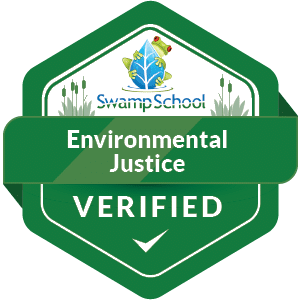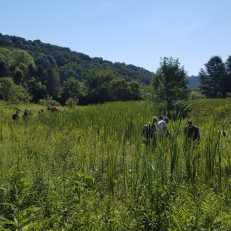Product Description
Course Description
Environmental justice (EJ) is a long-standing concern that bridges the gap between environmental and human rights conflicts. Several protocols have been created to assess the impacts to the environment, endangered species, and critical habitats, but where does that leave social impact assessments? Executive Order 12898 (1994) directs Federal agencies to analyze the impacts to human health and social effects of their proposed actions. However, each Federal Agency has a different methodology for evaluating environmental justice. The Swamp School has compiled the recommended practices and procedures developed by the Interagency Working Group on Environmental Justice (EJIWG), the Council of Environmental Quality (CEQ), the Environmental Protection Agency (EPA), along with other federal agencies, to create this environmental justice analysis training course.
In this course, we will discuss:
- The definition of environmental justice
- The laws and regulations encompassing EJ
- How to define the affected environment
- How to conduct an EJ analysis
- How to incorporate an EJ analysis into NEPA procedures
With this training, students will be able to consider environmental justice impacts through NEPA procedures like:
- Environmental Assessments
- Environmental Impact Statements
- Categorical Exclusions
- Findings of No Significant Impact
- Records of Decision
As a result of this course, you will know how to screen for at-risk minority and low-income communities in an action area. You will know how to initiate meaningful involvement with said communities. You will learn the impact analyses required to determine whether a proposed Federal action will result in disproportionate and adverse effects towards a minority or low-income community.
Course format
This program is a blend of online presentations, discussions, assignments and tests.
Course schedule
The class is presented in a topics format and will be available for a total of 6 months. Students can work at their own pace to complete the courses. There is no specific daily or weekly schedule when students can work on the class. This class is offered entirely online as a virtual classroom experience. However, this is an instructor lead class and our instructors stand ready to help you with any questions or clarifications you may have.
Time commitments
The student should plan on about 12 hours of dedication to the class with additional time during data gathering days.







